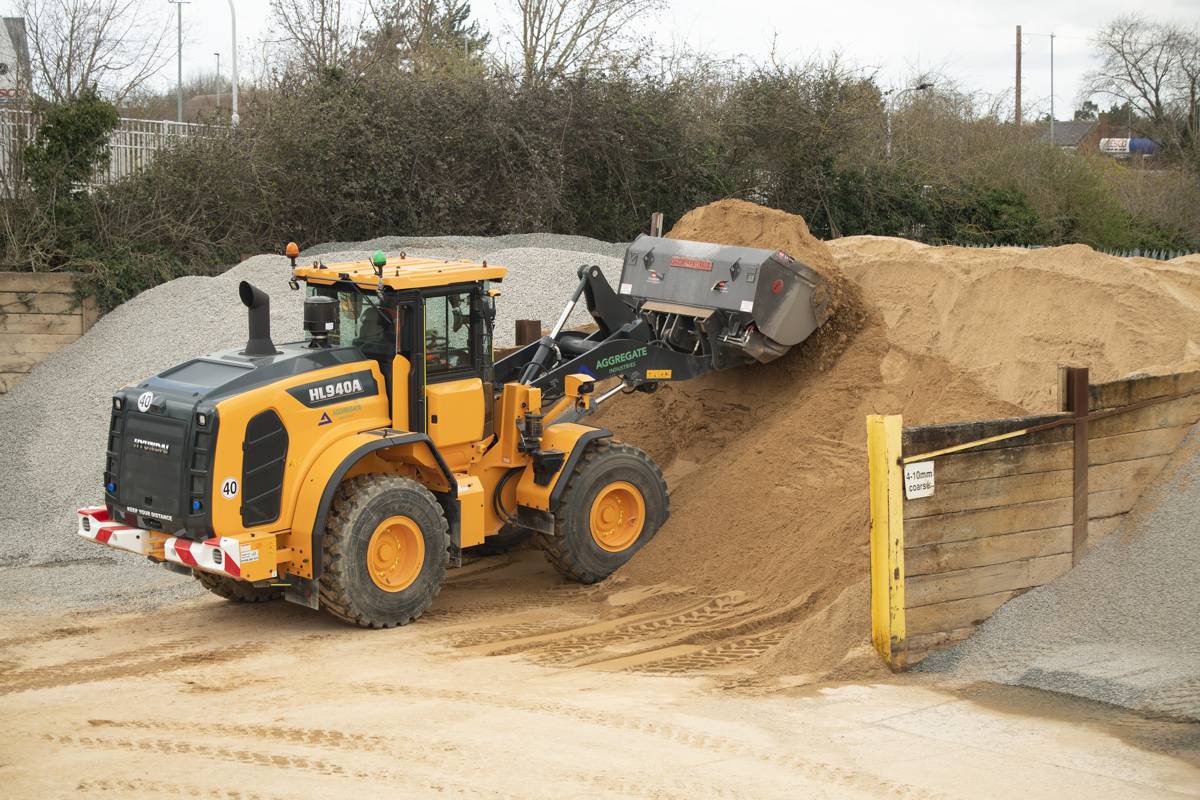UK Highways Industry and Road Safety Groups call for cut in road works
Pedestrian, road safety and disability campaign groups as well as experts across the highways sector have responded to news that the Secretary of State plans to make pavements the default location for new utility infrastructure, to cut down on roadworks and potholes.
Chris Grayling is reported saying that a change is needed because potholes are far more likely to appear on sections of roads that had been recently dug up, and that this would cause ‘much less long-term damage’ as pavements are not exposed to the same heavy duty usage. However, he admitted that work to existing utility infrastructure would still have to take place on the road.
Highways magazine has canvassed views from experts across the industry as well as from safety groups. Editor, Dominic Browne, said: “The highways sector has made great strides in asset management, collaboration and innovation. We are mapping the road network better than ever, modelling its deterioration using new techniques and finding more efficient ways to carry out repairs and organise them in collaboration with other stakeholders to ensure the roads are not opened any more than is necessary. Unfortunately we still have a long way to go and very little funding to make the journey with.”
A senior official from the Department for Transport told Highways magazine: “The country needs to understand the roads repair backlog and target exactly what needs to be prioritised for works ahead of a Spending Review and also what lessons we can learn from our overseas counterparts. We are keen to press highway authorities to ensure they get repairs right first time and have introduced asset management into our approach but we are keen to deliver further the vision as set by ministers for better road surfaces and new technology such as pothole spotter and safety inspections to help improve the condition for all road users.”
Stephen Joseph, chief executive of the Campaign for Better Transport, told The Times, which ran the report: “Pavements are already in a terrible state, partly because we already have lots of utilities under there. The result is that the NHS spends an awful lot of money treating people who’ve had trips, slips and falls on uneven and badly maintained pavements.
“Unless Chris Grayling is prepared to make much more money available for pavements, he will simply make an already big problem a whole lot worse. You can’t just export the problem from roads to pavements without expecting major consequences.”
Steve Gooding, director of the RAC Foundation, said: “As motorists we’d all like to see an end to the roadworks needed to fix the pipes and cables buried beneath them, but the fact is we’re hemmed in by history. Utility networks have been run under our roads for well over a century.
“Perhaps new technologies like pipe-jacking will help, likewise installing access points away from the main carriageway.
“Looking ahead, surely the design of new services should be minimising disruption to motorists and pedestrians alike, particularly where new roadway is being built.”
However, a more detailed explanation was given by Clive Bairsto, Chief Executive of Street Works UK, the trade association for utilities and their contractor partners: “Street Works UK supports in principle all efforts to encourage works to take place in the footway rather than the carriageway where that is technically possible.
“Many utility assets are already placed under the footway, and we will be working very closely with the Department for Transport and highways authorities to understand how these proposals can be implemented. However there are a number of practical considerations that need to be thought through further. It may not be appropriate to place some utility assets – particularly larger pipes – under the footway in already highly congested spaces.”
Jerry McConkey, CEO of JAG(UK) which represents the interests of every Highway and Road Authority in the United Kingdom, commented: “What the Secretary of State says is laudable but there are numerous practicalities that make it difficult to achieve. In fact, there are many utilities already with apparatus in the footway, and many of those currently in the road are simply too big to move into what is already a cluttered environment. He is right, that when you dig up a road, the repaired joints are the weakest link, opening up the road surface to wear and leading to potholes.
“The industry is exploring innovative approaches to improve performance, however many of the problems are linked to how contracts are written and awarded which wrongly encourages cost cutting. With the current emphasis on the cheapest way, we struggle to ensure utility contractors meet the statutory specifications for repairing the highway. There is lots of evidence and many instances, where reinstatements are not to specification. However, it is the utilities’ responsibility to ensure the standard of repair, yet corners are cut to reach the cheapest solution which is often the most expensive due to the need to revisit sites to repair defective work. This in turn creates more avoidable disruption to the travelling public. Government needs to ensure consistency and compliance from the utility companies, rather than the blame falling to contractors. Often corporate responsibility is contracted out to third parties which is not helpful.”
Technology and innovation is driving significant change which will help government bodies who maintain the UK’s road network – all of which can be seen through live demonstrations at Traffex Seeing is Believing, 27-28 June 2018.















